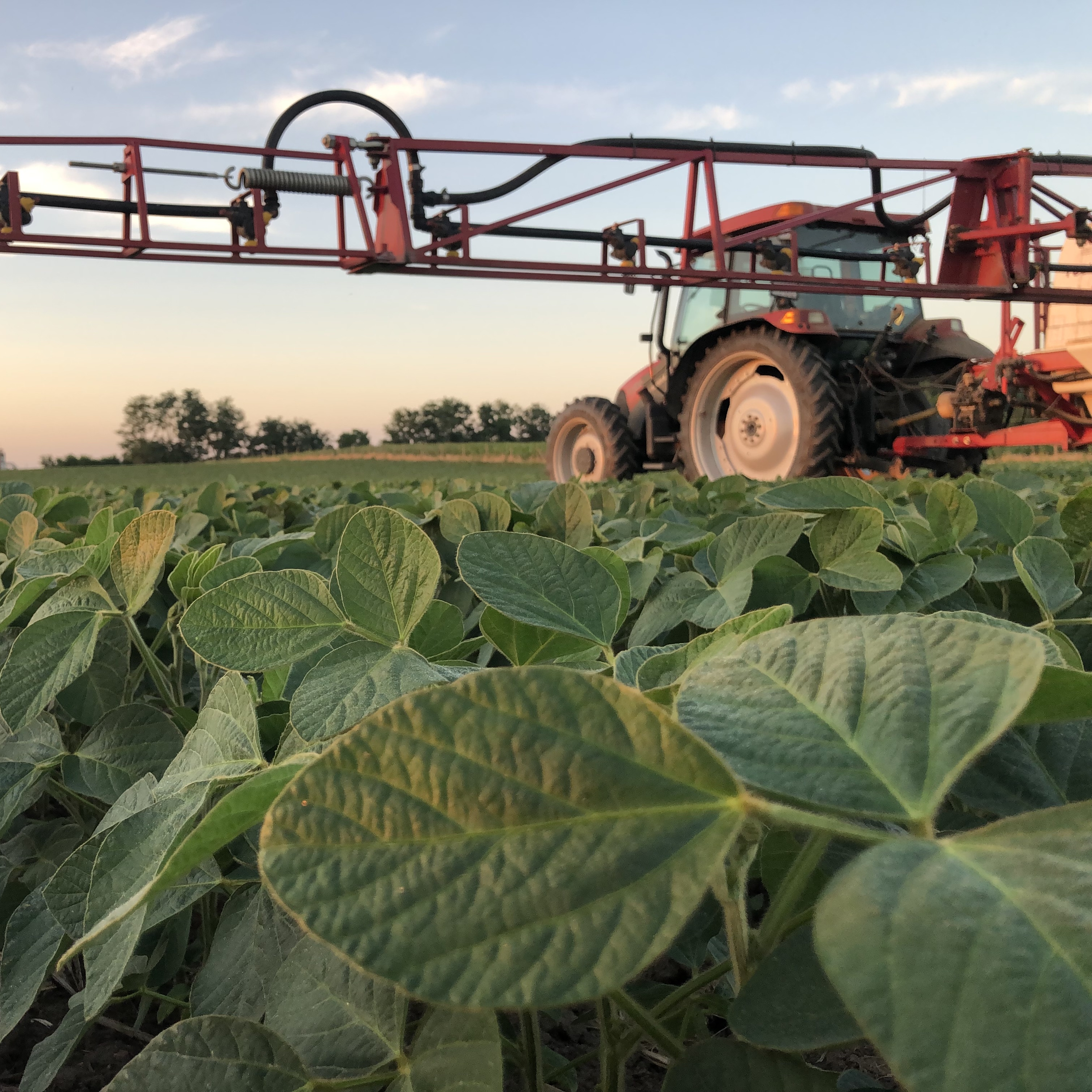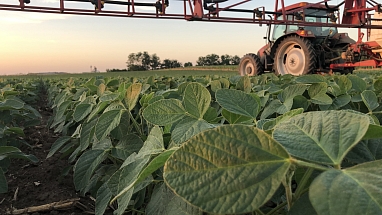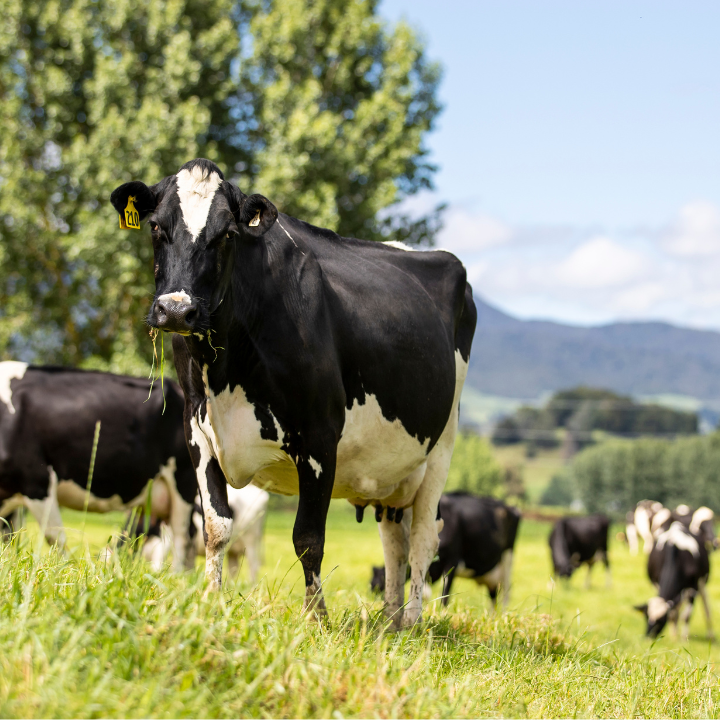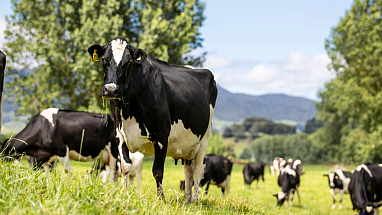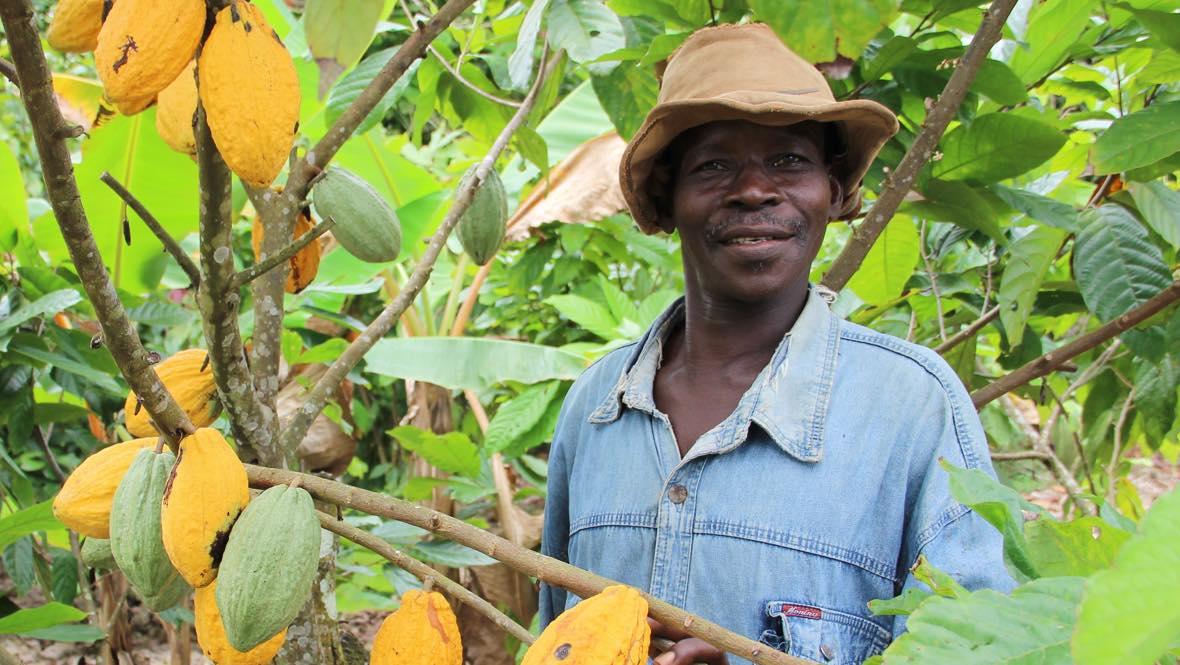
Managing Land for Generations to Come
Feeding the growing population while preserving finite natural resources requires directly facing challenges around current practices in farming and agriculture. In acknowledgement of the need to improve crop yields and prevent further expansion of farming and agriculture, it’s our goal as part of our Sustainable in A Generation Plan to hold flat the total land area associated with our value chain.
Working together with suppliers and other partners, we continue to examine the impacts of land use in our supply chains on people and the planet, and identify ways we can work together to improve these outcomes.
Protecting Forests & Preventing Land Use Change
Although we do not control the farms that supply the raw materials for our products, we recognize the importance of ensuring those areas do not expand beyond a safe limit for agricultural land, causing harm to communities and natural ecosystems and contributing to climate change. Our Land Use Position Statement outlines our ambition to hold flat the total land area associated with our value chain in our fast-moving consumer goods business, with the goal of ensuring that our activities do not contribute to agricultural expansion into natural ecosystems.
In particular, we recognize the importance of maintaining natural forests and other natural ecosystems, which are critical not only for the well-being of planet and people, but also for the services they provide such as carbon storage, water filtration, and pollinator habitat. To further help protect these natural ecosystems, we apply a “map, manage, and monitor” approach to commodities with high risk of deforestation.
Learn more in our Deforestation & Land Use Change Position Statement.
Working With Supply Chain Partners to Improve Production
We’re working with our supply chain partners to increase agricultural yields without expanding our overall land footprint. This means focusing on climate-smart agricultural practices1 to enable efficient, sustainable land use, as well as rehabilitating degraded land. Increasing yields will help us hold our land footprint flat, even while our business continues to grow.
Ultimately, by better managing the land and increasing yields in sustainable ways, we can better protect our environment for future generations.
Learn more in our Climate Action Position Statement.
1Unless expressly noted otherwise, all references to “climate-smart” agriculture or practices refer to practices that support agricultural transformation to reduce and remove GHG emissions; regenerate soils and support biodiversity; and/or adapt to increasing climate hazards.




